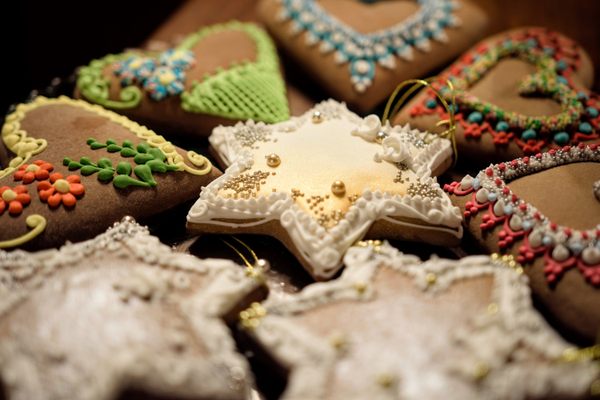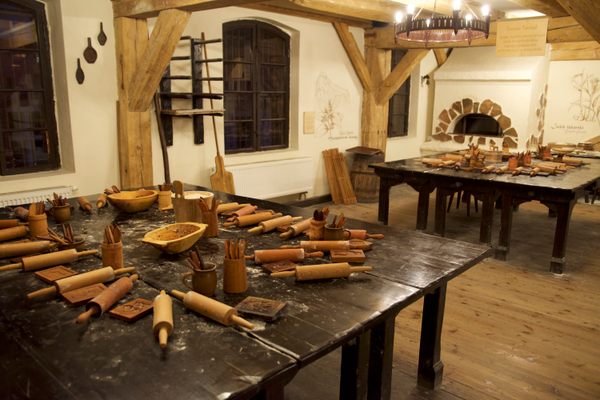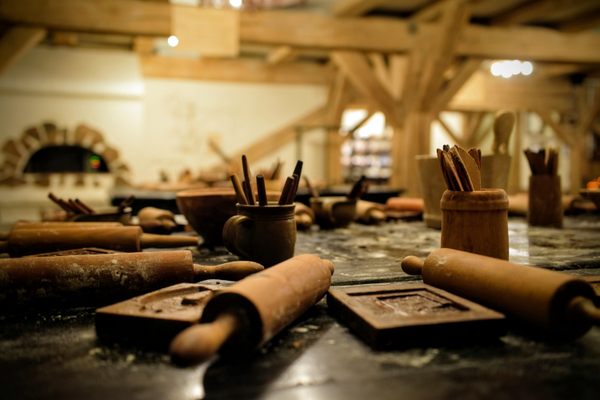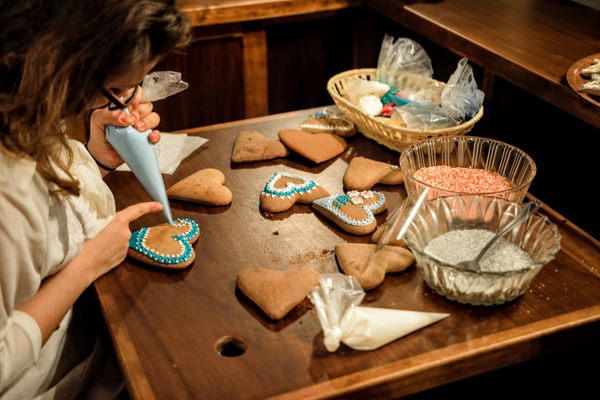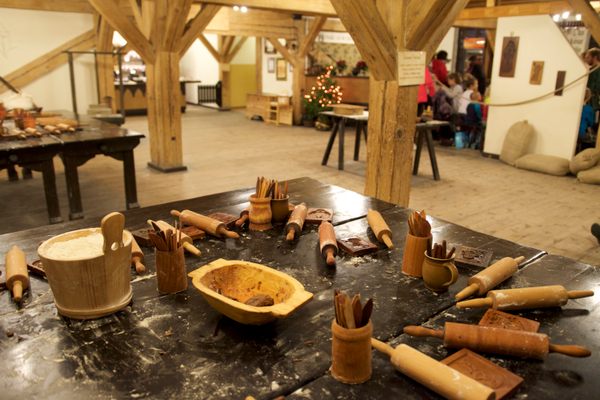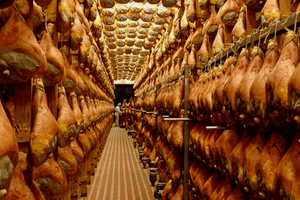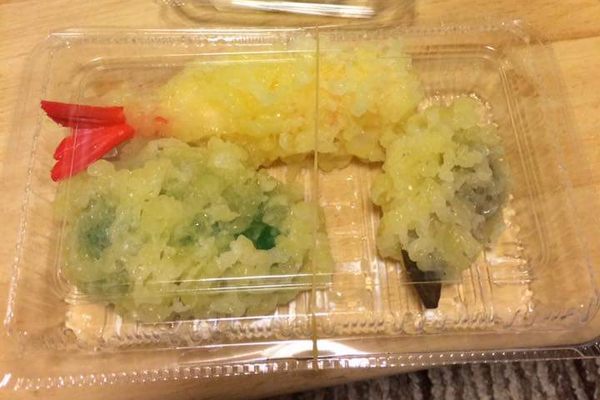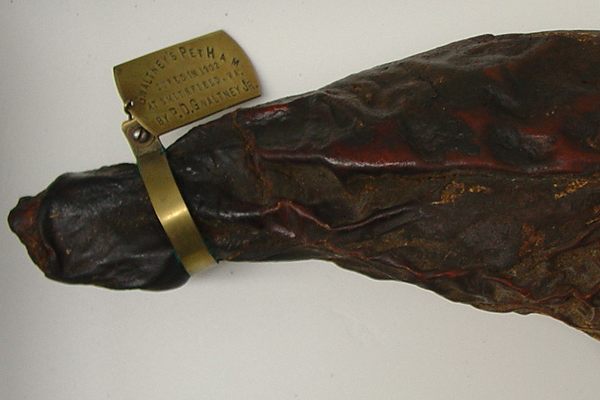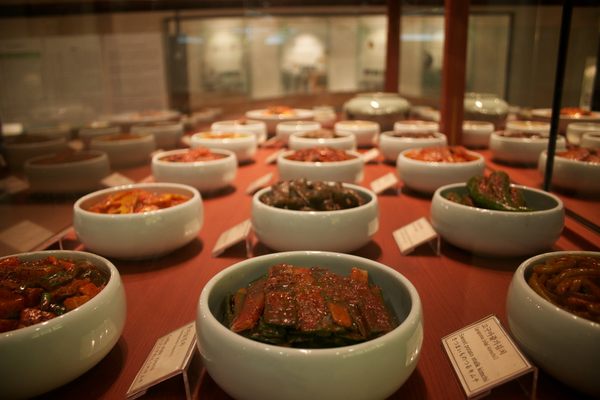About
The art of making gingerbread has its origins in the Germanic societies of the Baltic seas, making it one of the oldest traditional baked goods in Europe.
In the 13th century, as trade routes spread through Europe to Asia and the Middle East and access to spices from the Far East became more readily available, gingerbread production and quality dramatically increased. New flavors and baking processes were incorporated into age-old baking techniques and knowledge of these delicacies began to spread far and wide.
Commercialized production of the gingerbread trade began to take root about the same time in Thorn, now modern day Toruń, which led to widespread demand for the delicious biscuits. In an effort to protect recipes and ensure quality, bakery guilds sprang up centralized in the area, furthering the industry in the region.
Over the centuries, large companies began to dominate the Toruń gingerbread trade. The largest production facility was owned by Gustav Traugott Weese in the early 1900s. Today, his house has been turned into an interactive gingerbread museum where visitors can learn about the history of the trade, traditional gingerbread making techniques over the years, and even make, bake, and decorate their own gingerbread to take home.
Related Tags
Know Before You Go
The museum is open on different times and days, depending on the season of the year. Entrance prices vary and are dependent upon exhibitions and workshops. Gingerbread Workshops must be bought in advance, though there are several a day. See the museum's website for details.
Published
November 1, 2016
